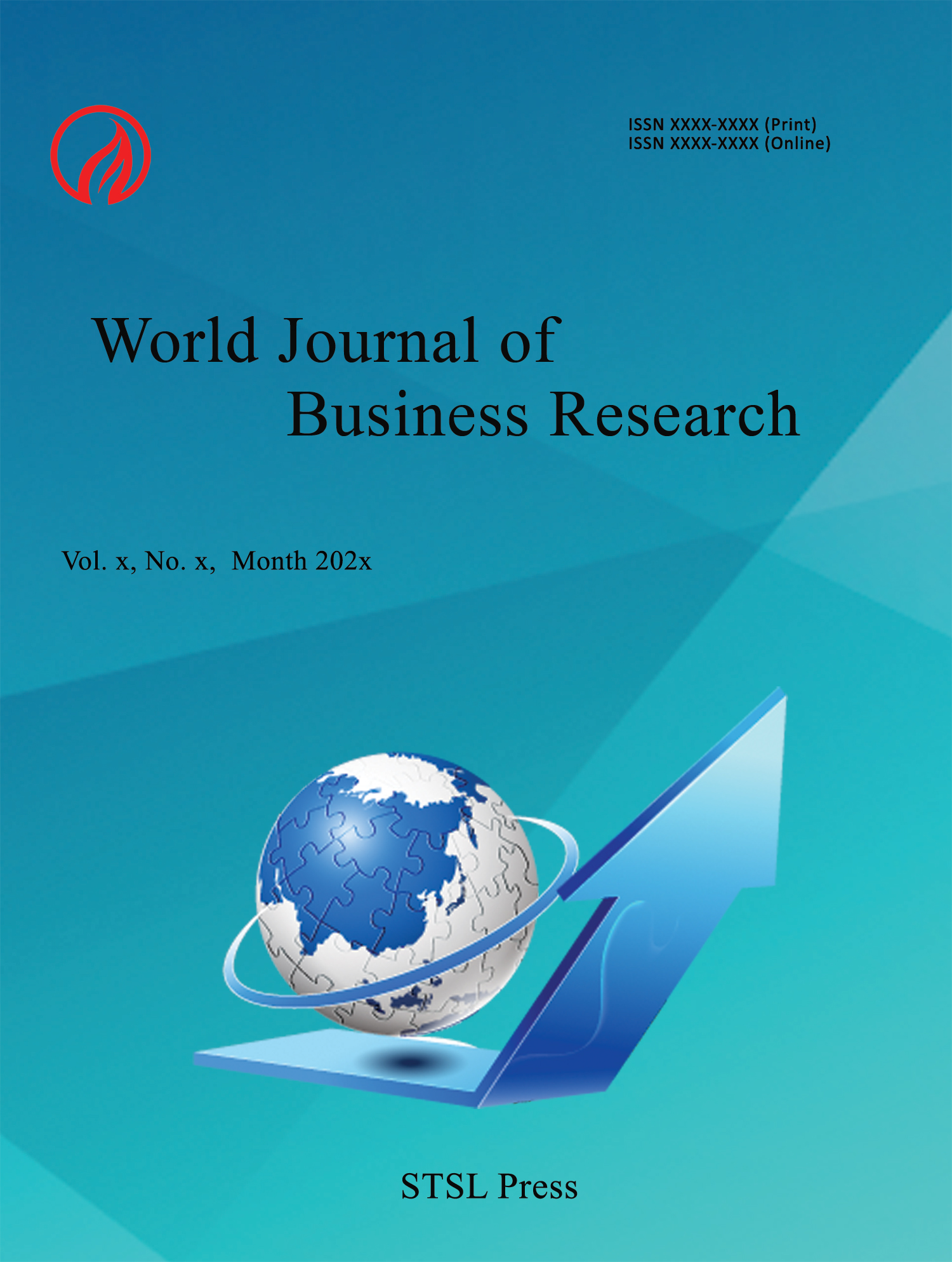Household Perception and Its Determinants towards Improved Forest Benefit in Keffa Zone, Southern Western Ethiopia
Seyfe Fikre
Birku Andualem
Abstract
Understanding the attitude and perception of the household towards improved forest benefit has been considered as a paramount importance for sustainable forest management. Household participation in sustainable forest management depend on socio-economic and demographic factors. The purpose of this study was to investigate the main factors that determine the perceived benefit of improved forest benefits for the household. The study on hand considered improved forest benefit like benefit of forest resource for rainfall attraction and water availability, soil conservation and tourism generated employment. Primary data was extracted and used from 343 household live in around forest area in keffa zone. Since the response variable of interest is ordinal, ordered logistic regression model was used as a method of analysis. The result of the study indicate that educated household head perceive more forest benefit of rainfall attraction and water availability, soil conservation and tourism employment by 1.33, 1.33 and 1.23 respectively than uneducated household head. Female household head think forest provide less benefit to them in terms of tourism generated employment than male household head by about 27%. The household with larger household size also have positive perception for forest benefit in terms of tourism generated employment than the household with small household size by 1.33 units. In addition, the household who use agricultural activity for their livelihood shows positive attitude towards forest benefit in rainfall attraction and water availability than the household with other livelihood activity. Finally the household with large land size shows positive perception towards forest benefit in rainfall attraction and water availability and soil conservation by 1.34 and 1.18 respectively than the household with smaller land size. Therefore intervention in forest conservation strategy need to be based on community interest and provision of forest friendly livelihood activities like honey production and poultry firms.
Paper:
pdf
DOI:
 This work is licensed under a
Creative Commons Attribution 4.0 License.
This work is licensed under a
Creative Commons Attribution 4.0 License.
Contact us
- Colin Garcia
- wjbr@stslpress.org
